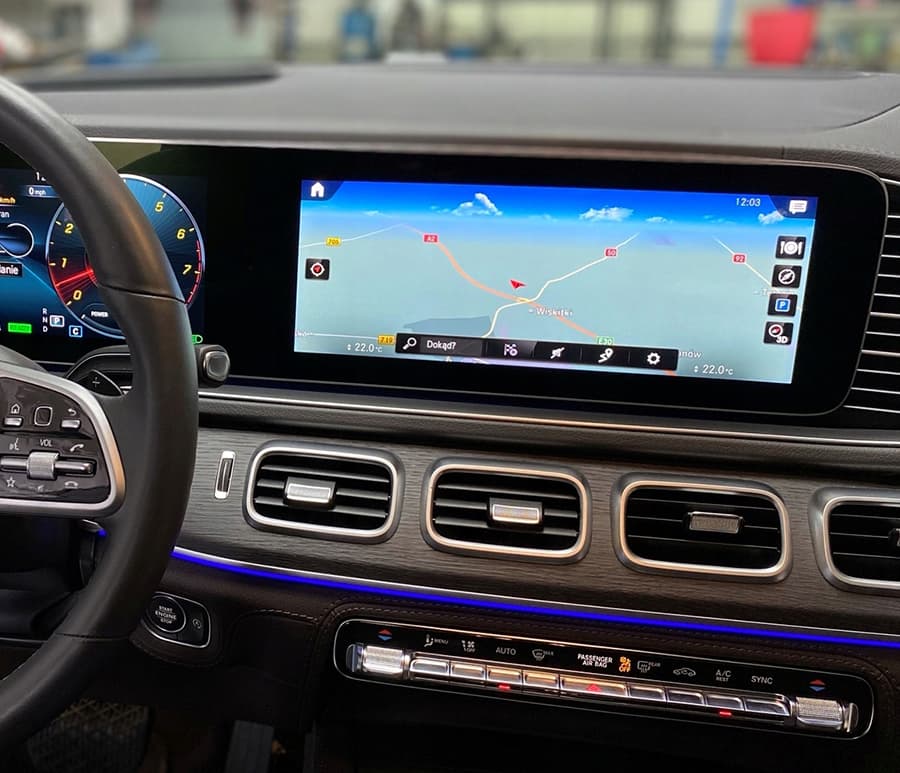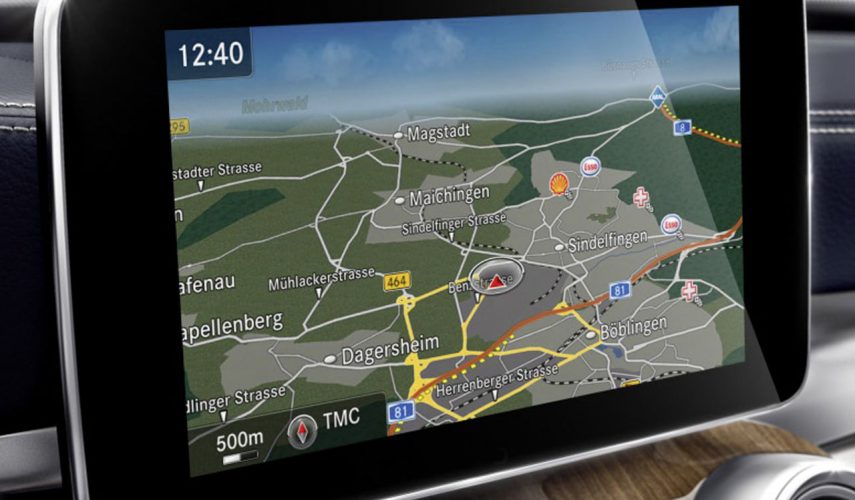GPS, general presentation
In today’s world, GPS (Global Positioning System) is an essential tool that enables you to quickly and easily find your way, regardless of the circumstances. As time has passed, this device has continued to evolve, becoming a versatile connected object that can be used for a variety of activities, including driving, motorcycling, hiking, or camping. If you want to ensure a seamless navigation experience, it’s crucial to keep your GPS system updated and your maps current.
Understanding the GPS system
To comprehend the GPS system, you need to understand that it operates by leveraging the signals transmitted by 30 satellites that are orbiting the Earth. These signals are received by the GPS chip, and the constellation of satellites provides coverage across the entire globe. Using the received signals, your device can calculate your exact position accurately. So, whether you are in the city or exploring the wilderness, you can always depend on your GPS system to guide you to your destination with precision.
The different types of GPS
GPS technology has revolutionized the way we navigate and travel. It has become an essential tool for many people, from drivers to hikers and outdoor enthusiasts. The GPS system uses a network of 30 satellites in orbit around the Earth to determine your precise location at any given time. These satellites transmit signals to a GPS chip in your device, which then calculates your position based on the signals received.
It is worth noting that while GPS is a publicly available system, it is owned and operated by the United States government. This dependence on a single system has led other countries to develop their own systems, such as Russia’s GLONASS. Additionally, the European Union has launched its own navigation system, GALILEO, which is expected to be fully operational by 2023.
To ensure optimal performance, it is essential to keep your GPS system up to date and regularly update your maps. This will ensure that your device has access to the latest information on roads, landmarks, and other important features. Whether you are driving, hiking, or exploring new territories, a reliable GPS system is an indispensable tool for finding your way.

GPS navigation has come a long way since the first external boxes hit the market. Today, there are multiple types of GPS available, each offering unique features and benefits to users.
One of the most popular types of GPS is the mobile GPS. These devices are portable and can be taken with you on all your travels. They have become a must-have tool for drivers and hikers alike, replacing traditional paper maps. Mobile GPS units offer a multitude of alerts to help you better control your driving and anticipate traffic, making them an essential travel companion.
Another type of GPS is the integrated or embedded GPS system. Many car manufacturers now offer a GPS option that is permanently installed in the vehicle’s passenger compartment. While these systems provide drivers with quality equipment that is always operational and accessible, they tend to be more expensive than mobile GPS devices. It’s worth noting that updates to the necessary maps are not always included in the purchase price.
In recent years, GPS navigation has also become available through smartphone applications. There are many options available, with the most popular being Waze and Google Maps. These apps are very responsive, fluid, and above all, free. They allow users to view real-time traffic conditions and consider different traffic hazards when selecting the best route. Additionally, they often offer an offline mode for viewing maps even without a connection.
Regardless of which type of GPS device or application you choose, it’s important to have an updated GPS system and regularly update your maps to ensure smooth navigation at all times.
GPS update: why?
Performing a GPS update is a simple process that can be done from your computer or directly on the device itself. To update your GPS system, you will first need to identify the make and model of your GPS device. Once you have this information, you can visit the manufacturer’s website to download the latest updates.
Most GPS devices come with software that can be installed on your computer. This software allows you to connect your GPS device to your computer and update the maps and other features. To perform the update, simply connect your GPS device to your computer, launch the software, and follow the on-screen instructions.
Some GPS devices allow you to update the maps directly from the device itself. This process is usually done via Wi-Fi or cellular data and requires an active internet connection. To perform the update, simply go to the settings menu on your GPS device and look for the option to update the maps. Follow the on-screen instructions to complete the update.
It is important to note that some GPS updates may require a fee, especially for older devices. Make sure to check the manufacturer’s website for any costs associated with the update before proceeding.
In conclusion, updating your GPS navigation system is an important step to ensure that you have access to the latest maps and features. Whether you choose to update from your computer or directly from the device itself, the process is quick and easy to perform. Keep your GPS up to date and enjoy smooth and hassle-free navigation on all your journeys.
How to perform the GPS update?
Updating your GPS system is important to ensure accurate and up-to-date information for your navigation needs. As mentioned, the process can vary depending on the device you are using. Here are some general steps for updating your GPS:
- Check for available updates: Visit the manufacturer’s website or check your device’s settings to see if there are any available updates.
- Download and install updates: Follow the instructions provided by the manufacturer to download and install the updates. This may involve connecting your device to a computer or using Wi-Fi if available.
- Back up your data: Before updating your GPS, it’s a good idea to back up any important data or settings in case something goes wrong during the update process.
- Follow instructions carefully: Read and follow the instructions provided by the manufacturer carefully to ensure a successful update.
- Test your updated GPS: Once the update is complete, test your GPS to ensure that it is working properly and providing accurate information.
If you need further assistance with updating your GPS, you can visit GPS Update’s website for comprehensive guides and instructions for updating GPS systems of all brands.
It’s great to hear that GPS Update offers comprehensive guides for updating GPS systems of all brands. Having sections dedicated to specific brands, vehicles, and models can make the process much easier for users. It’s also good to see that the site covers the latest innovations such as connected watches and smartphone applications. This can help ensure that users are always up-to-date with the latest features and technologies available for their GPS devices.


0 Comments for “GPS Update – All about the GPS system”